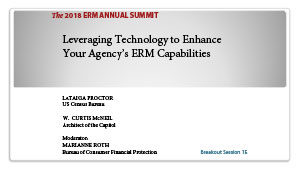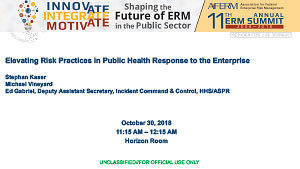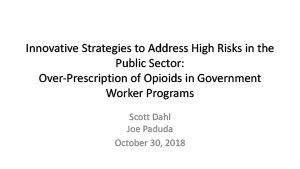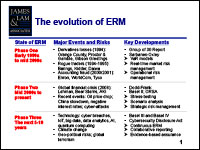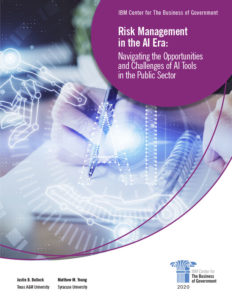 Artificial Intelligence (AI) has moved into the mainstream of businesses and government.
Artificial Intelligence (AI) has moved into the mainstream of businesses and government.
Business leaders are rushing to take advantages of the benefits that can be brought to a wide array of industries to help increase productivity. Government leaders are also moving forward, but with appropriate caution. When considering the use and application of AI related technologies, government leaders weigh different factors than their private sector counterparts. Whether it is deploying self-driving electric trolleys in a city or retrofitting city streetlights with sensors to make them “smarter,” these leaders must address issues of accountability, transparency, ethics, equity, common good, effectiveness, efficiency, managerial capacity, and political legitimacy.
The report authors put forth a threefold strategy to assist government leaders and public managers with how best to approach using AI, which includes:
- reviews of prior federal government studies on the use and application of AI. These reports reflect a number of important issues for agencies and stakeholders to consider as they begin incorporating AI; the studies also highlight the government’s broad risk management approach to AI
- a risk management framework for when and how government can and should consider using AI tools, how to use these tools, and which organizational tasks and decisions may benefit from the use of AI
- case studies of two innovative uses of AI tools to help manage risks from local governments: the City of Syracuse, New York, and the City of Bryan, Texas.
The authors close with a list of practical guidelines for government action in using AI tools to improve the overall quality of governance, while incorporating similar tools into their overall risk management strategy.


